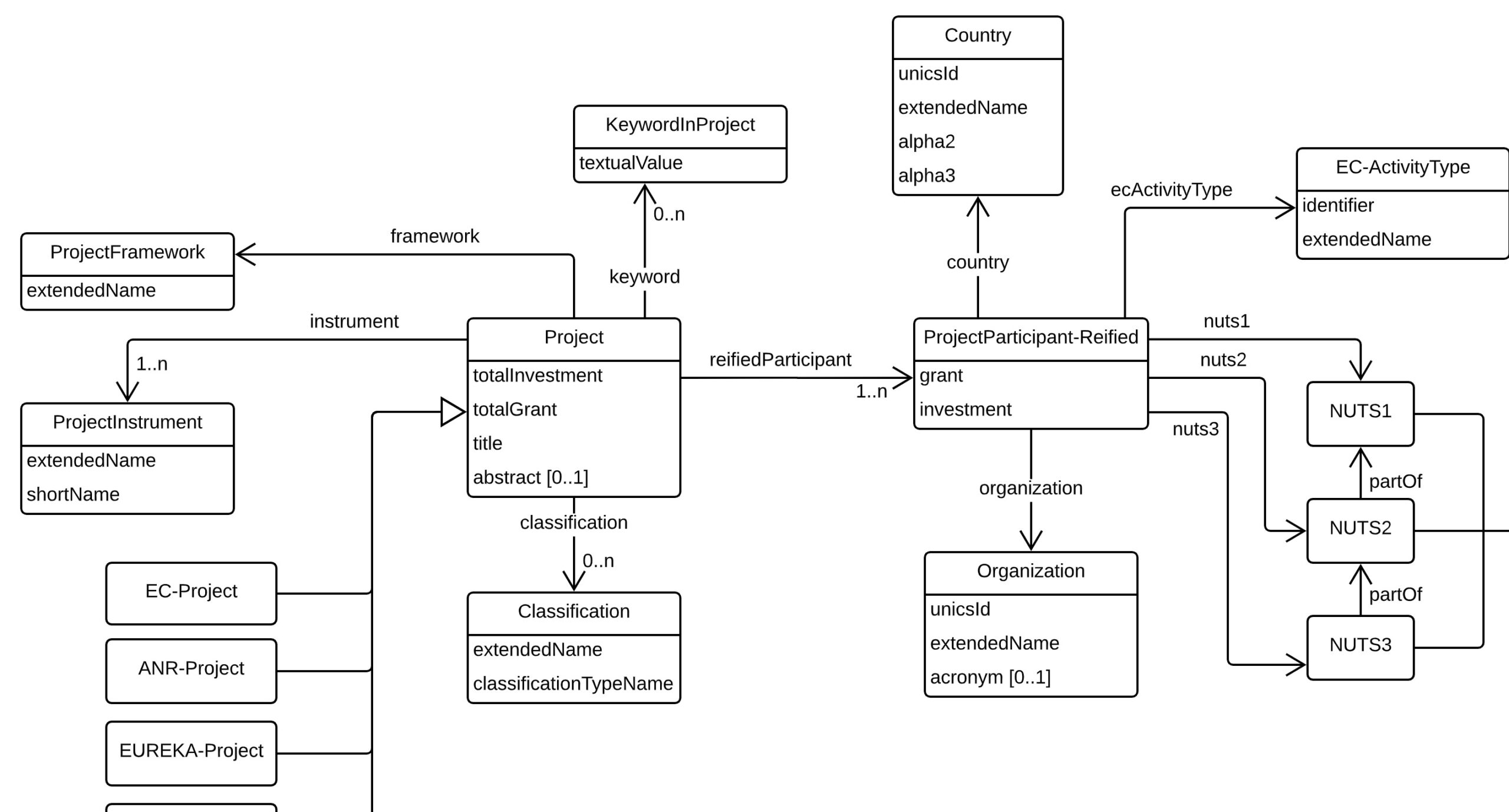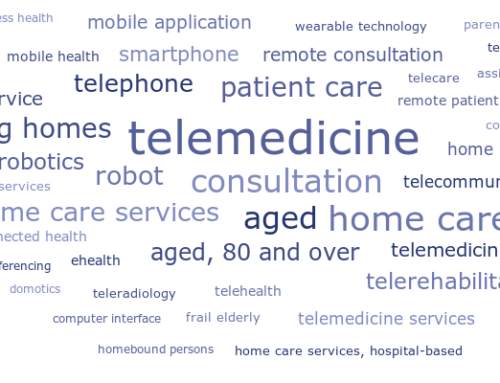From the consolidated work of Toscana Open Research over the years, the HER-AP_IT ontology emerged, the reference model at the Italian level for Higher Education and Research (HER – Higher Education and Research).
Ontology emerged from a collaboration that was established, in the first months of 2020, between the Agency for Digital Italy (AgID), the Tuscany Region, Fondazione Sistema Toscana, SIRIS Academic and Ontopic.
In particular, HER-AP_IT ontology arises from the desire of these players to bring the results of the work of Toscana Open Research to the national level, which aims to integrate data from different heterogeneous sources through the Linked Open Data paradigm (LOD), through the use of a domain ontology that allows users to query data through “queries” without having to go through the technical terminology linked to the physical organisation of databases and their complex internal structure. The data involve research projects (e.g., Cordis projects, PRIN projects, etc.), staff from the academic world, spin-offs, statistics.
In order to make this ontology a common factor in a national system logic, it was mutually decided to create HER – Higher Education, Research and Innovation Ontology, which is fully integrated in the context of the national network of ontologies and controlled vocabularies for the Public Administration OntoPiA is also able to provide a national reference model for this type of data, which can thus also be reused by other Regions, or PAs in general.
The method followed so far has been to analyse the documentation of Toscana Open Research project ontology to understand how to map some concepts defined here into concepts already present within OntoPiA (e.g., Organisations, People, Projects, Roles, to name a few). This in perspective will allow a connection between models, thus enabling a greater number of connections between data, even coming from different domains than the one described here.
“The result of the initiative – explains the vice president and councillor for research of Tuscany, Monica Barni – will allow other administrations and national organisations to make use of the experience gained by the Tuscany Region to promote greater sharing and interoperability of data on the system of higher education and research “. “In a crucial moment, in which sharing and transparency on research funding, results and skills play a strategic role for the country – she adds -, the Tuscany Region has opened a path that we hope will see the participation of other Regions, Ministries, Universities and Research Institutions”.
For some time now, Tuscany has invested in open data, since in 2014, on the initiative of councillor Bugli, the Open Toscana portal was inaugurated, which today collects over 4000 sets of open data from the Tuscan public administration and beyond of the region.
Toscana Open Research was conceived three years ago as a support to regional policies within the Tuscan Research and Innovation Observatory set up at the Regional Conference for Research and Innovation and makes use of Irpet, which is the institute economic planning of the Region, in collaboration with the Fondazione Sistema Toscana and with the support as an international technical partner of SIRIS Academic Sl of Barcelona. The goal was to integrate, make explorable and use heterogeneous data on the research system, monitor the results of the interventions carried out and at that point develop new even more effective policies. It was decided to proceed with open data.
It is in fact possible to access five different sections for teachers and researchers, students, citizens, institutional stakeholders and companies through Toscana Open Research. The result, in numbers, is the story of the multifaceted world of research in Tuscany: a useful dashboard to guide the choices of those who govern and maximise the tools and resources available, drawing from the data on teachers of universities or those enrolled and graduates of the three-year courses, in the research specialisation index or among the numbers of European funds allocated for innovative projects under the FP7 and H2020 calls, up to the collaborations activated between universities and companies and the regional resources allocated for innovation.




